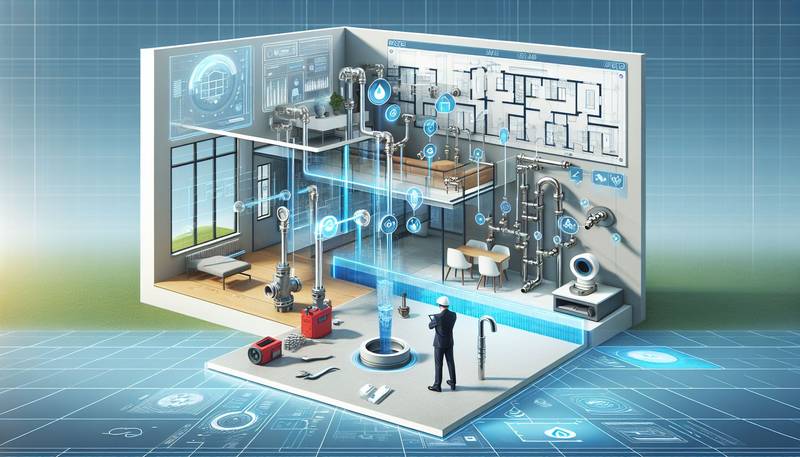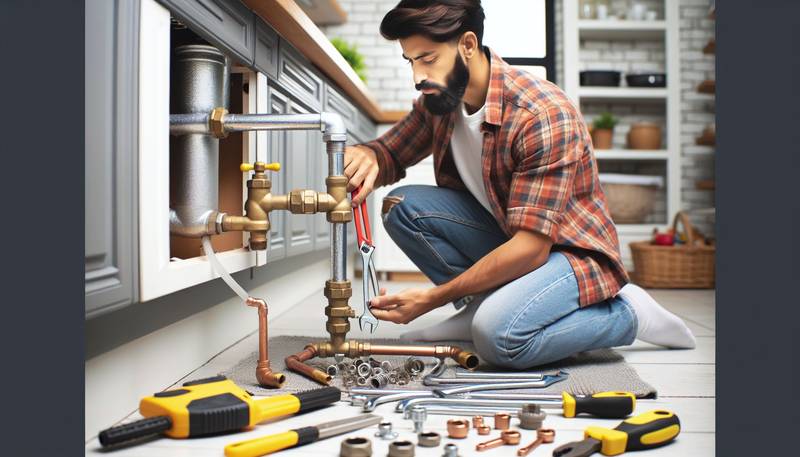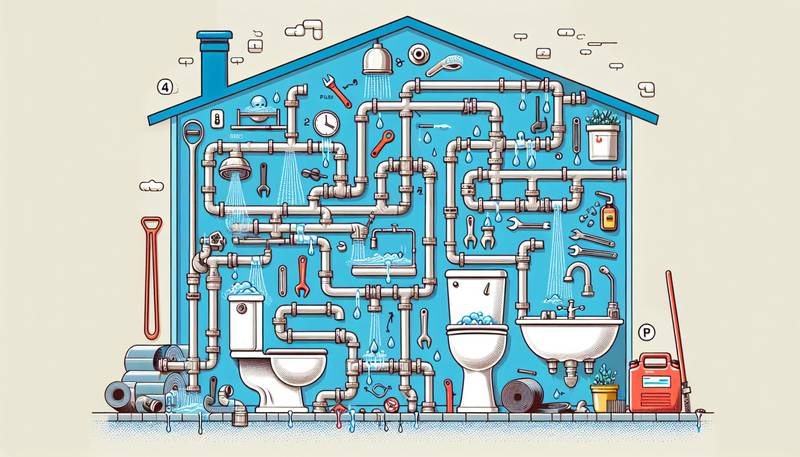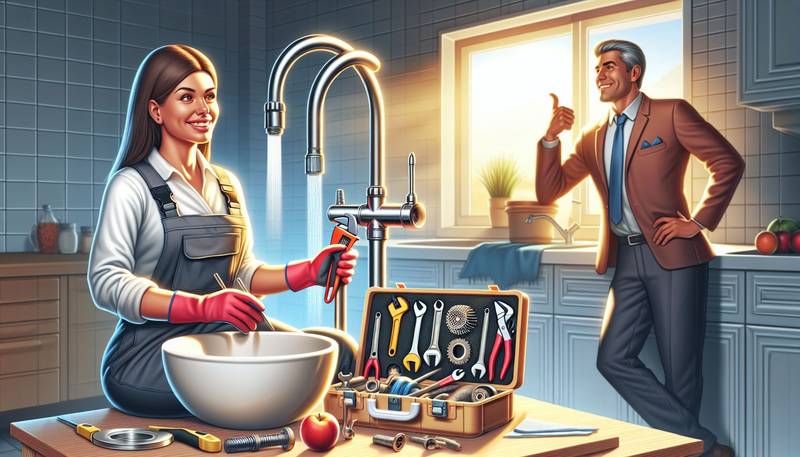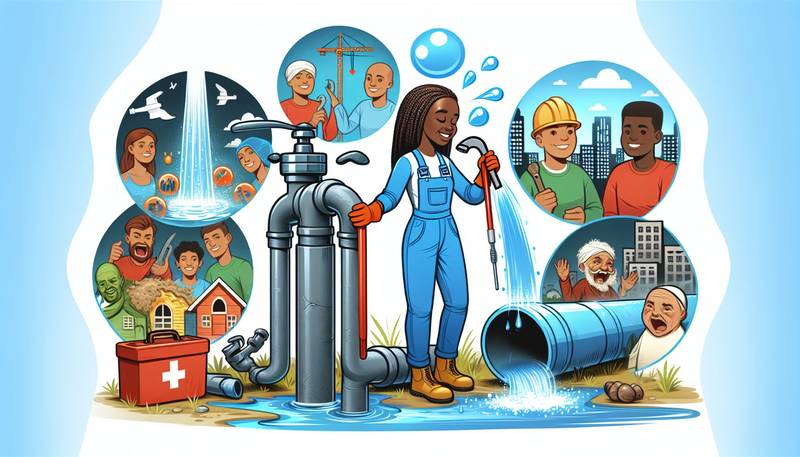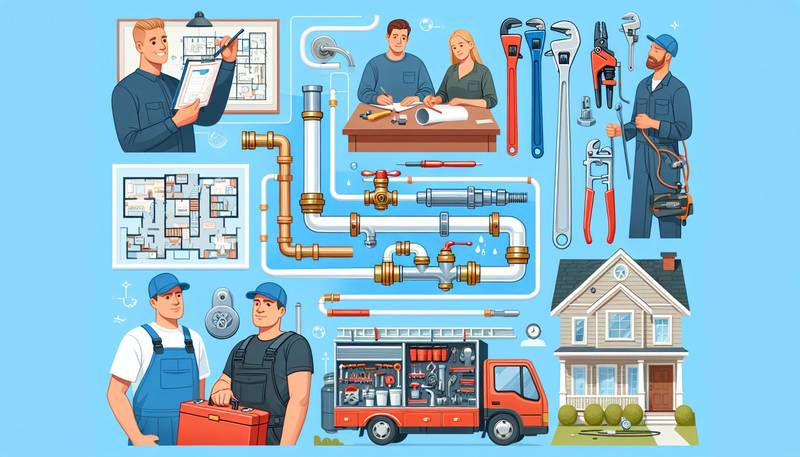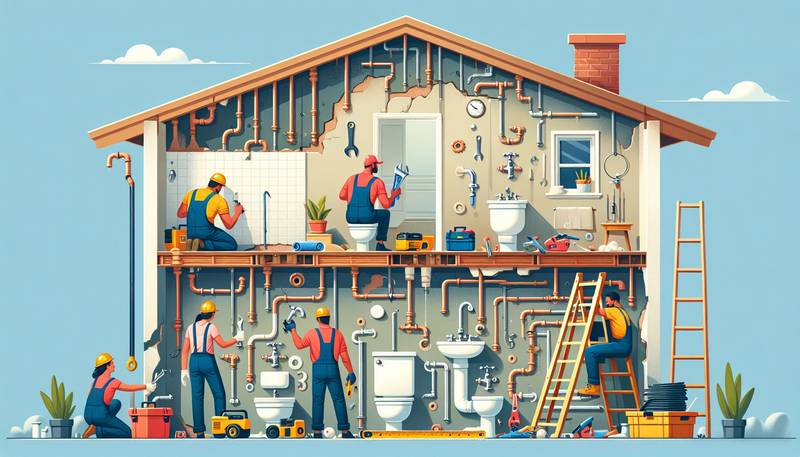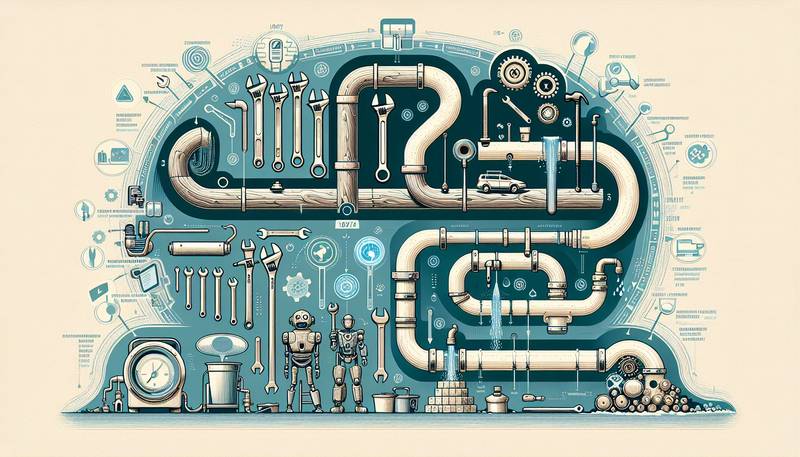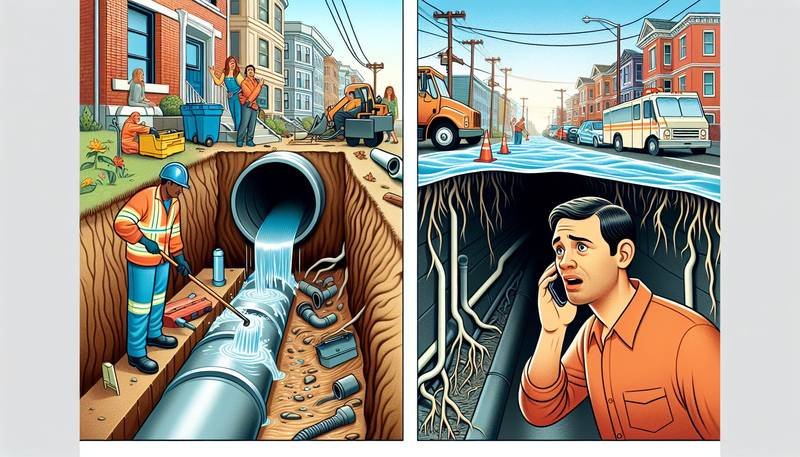Innovations in Plumbing: How New Technologies are Shaping the Field
In this article, we will explore some of the latest technologies that are shaping the field of plumbing.
Smart Plumbing Systems
One of the most significant innovations in plumbing in recent years is the development of smart plumbing systems. These systems utilize sensors, data analytics, and automation to monitor and control water usage in a building. Smart plumbing systems can detect leaks, track water consumption, and even adjust water flow based on usage patterns. By providing real-time insights into water usage, these systems help homeowners and businesses save money on water bills and prevent water wastage.
High-Efficiency Fixtures
Another key innovation in plumbing is the development of high-efficiency fixtures such as low-flow toilets, faucets, and showerheads. These fixtures are designed to use less water while maintaining performance, thus reducing water consumption and lowering utility costs. In addition to saving water, high-efficiency fixtures also help reduce strain on municipal water supplies and contribute to environmental conservation.
Water Filtration Technologies
Water quality is a significant concern for many homeowners and businesses, particularly in areas with poor water quality or contaminants. Advances in water filtration technologies have made it easier to ensure clean and safe drinking water. From point-of-use filters to whole-house filtration systems, there are now a variety of options available to address specific water quality issues. These technologies not only improve the taste and odor of water but also remove harmful contaminants, providing peace of mind to users.
Pipe Relining and Repair
Traditionally, repairing damaged or leaking pipes required invasive and costly excavation of floors, walls, or landscaping. However, advancements in pipe relining technologies have revolutionized pipe repair methods. Pipe relining involves inserting a liner coated with epoxy resin into the existing pipe, creating a new, seamless pipe within the old one. This minimally invasive technique eliminates the need for excavation, reduces downtime, and prolongs the life of pipes. Pipe relining is a cost-effective and environmentally friendly solution for repairing damaged pipes.
Remote Monitoring and Diagnostics
In the past, diagnosing plumbing issues often involved guesswork or invasive inspections. Today, remote monitoring and diagnostic technologies allow plumbers to pinpoint problems quickly and accurately. By using cameras, sensors, and specialized software, plumbers can remotely inspect pipes, detect blockages, leaks, or corrosion, and even perform maintenance tasks without disrupting everyday operations. Remote monitoring and diagnostics save time and money while improving the overall efficiency of plumbing systems.
Conclusion
Innovations in plumbing technologies have transformed the way we manage water resources, maintain plumbing systems, and ensure the longevity of infrastructure. Smart plumbing systems, high-efficiency fixtures, water filtration technologies, pipe relining, and remote monitoring and diagnostics are just a few examples of how new technologies are shaping the field of plumbing. As technology continues to evolve, we can expect further advancements that enhance efficiency, sustainability, and convenience in plumbing systems. By embracing these innovations, we can create a more sustainable and efficient water infrastructure for generations to come.
